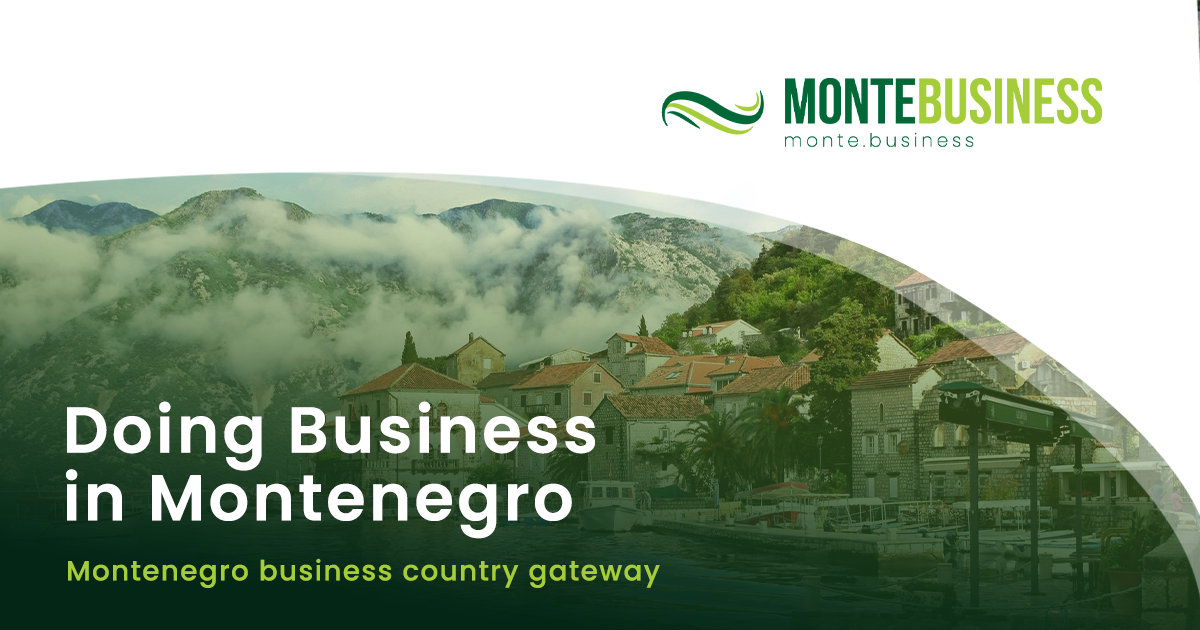In June 2025, Montenegro recorded an annual inflation rate of 4.2%, with consumer prices rising 0.4% compared to the previous month, according to Monstat data. The cumulative inflation for the first half of the year stood at 3.3%.
Monthly price increases were mainly driven by higher costs in fruits (8.1%), accommodation services (5.6%), bread and cereals (2%), dairy products (1%), meat (0.7%), and fuel (0.9%).
On an annual basis, significant price rises were seen in several key areas: real rents increased by 20.1%, fruit prices rose 19.2%, oils and fats by 15.5%, and pharmaceutical products by 15.2%. In the services sector, prices in restaurants and cafes grew by 11.7%, while maintenance and repair services for homes increased by nearly 16%.
Conversely, prices fell for clothing (-2.1%), footwear (-5.9%), and motor vehicle fuels and lubricants, which were 6.5% cheaper year-on-year.
When measured by the harmonized index of consumer prices (HICP) — used for EU comparisons — Montenegro’s annual inflation was even higher at 4.6% in June 2025, indicating broad inflationary pressures.
Rising demand and prices in tourism and related services during the summer season contributed notably to monthly increases, especially in accommodation and hospitality sectors. Although inflation remains below the levels seen in early 2023 (above 5%), persistent price growth continues to affect essential consumer segments such as food, housing, and healthcare.








